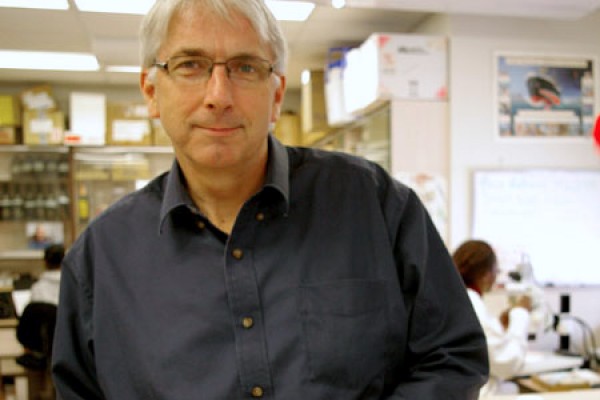 UWindsor professor Hugh MacIsaac is scientific director of the Canadian Aquatic Invasive Species Network II, which will end a five-year run with a final conference this week.
UWindsor professor Hugh MacIsaac is scientific director of the Canadian Aquatic Invasive Species Network II, which will end a five-year run with a final conference this week.
UWindsor professor Hugh MacIsaac is scientific director of the Canadian Aquatic Invasive Species Network II, which will end a five-year run with a final conference this week.




